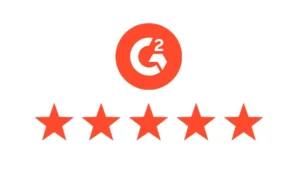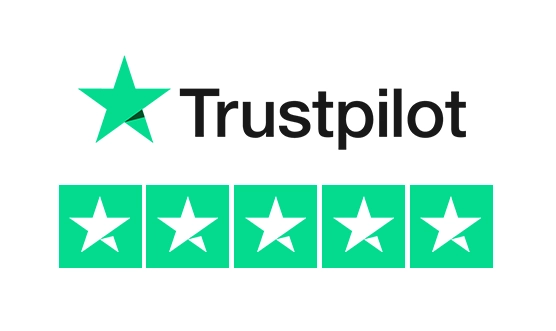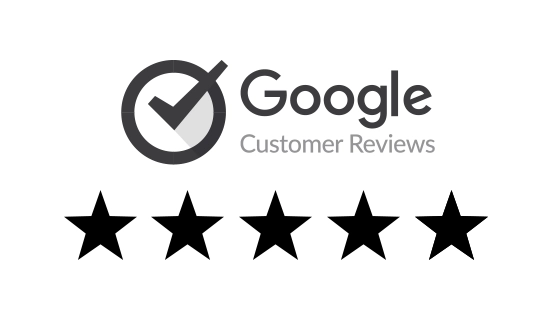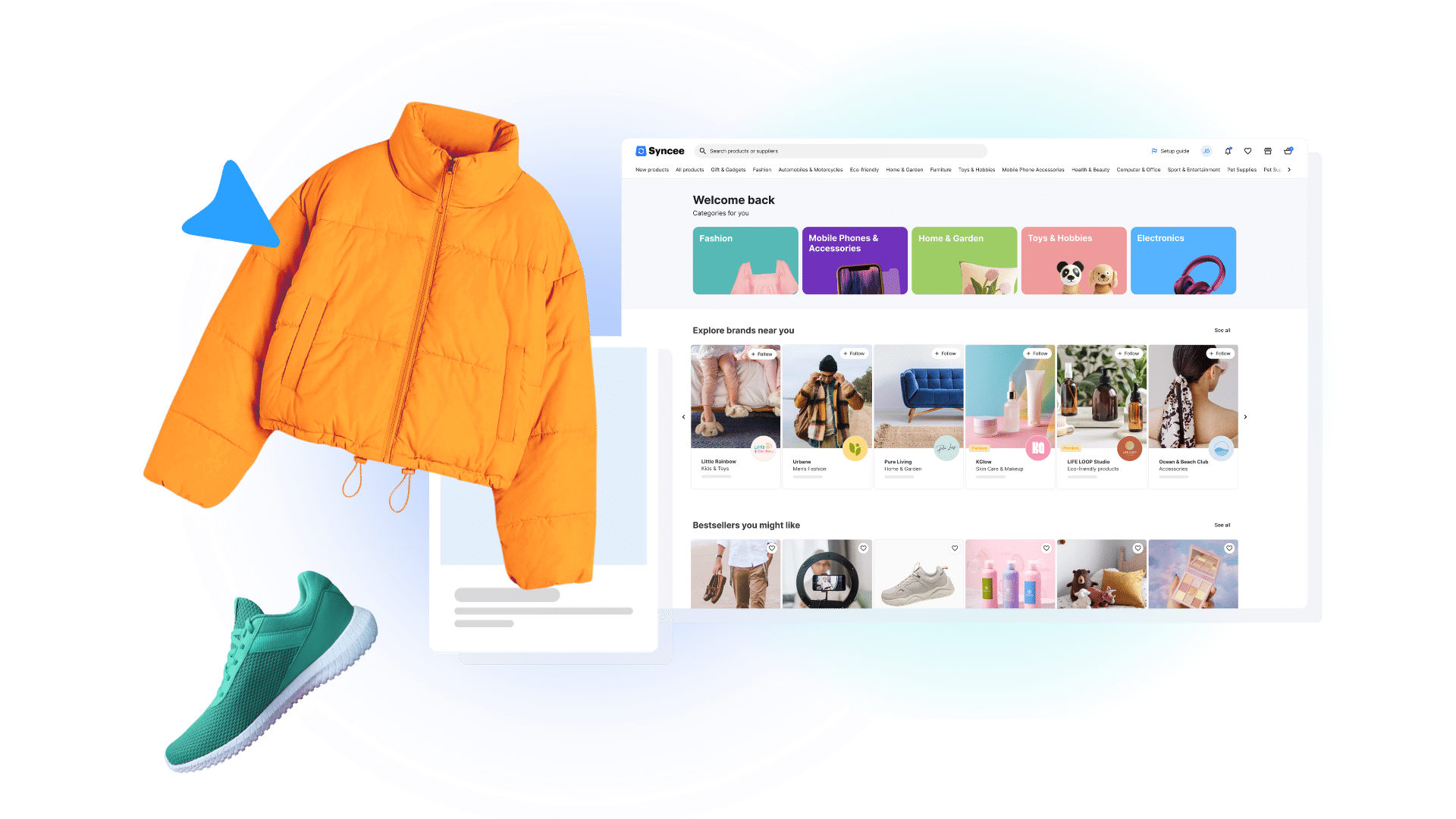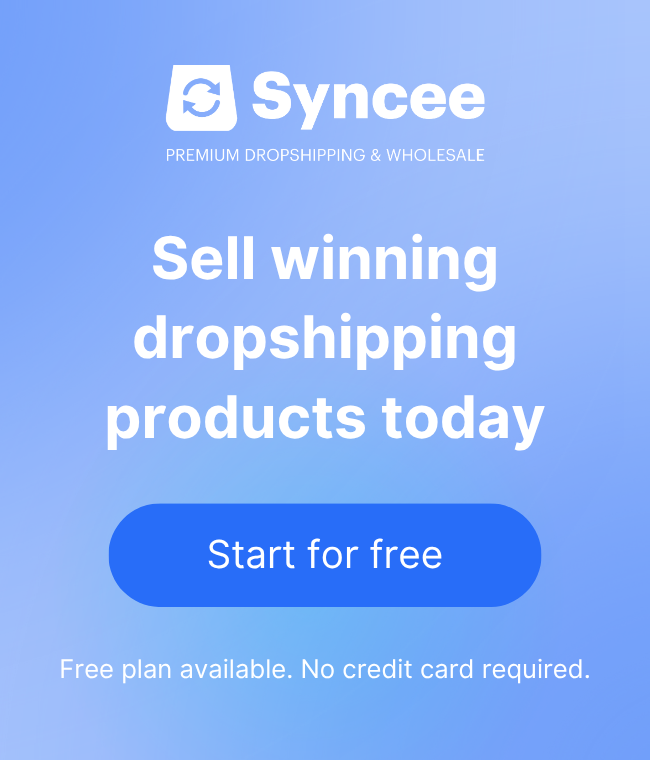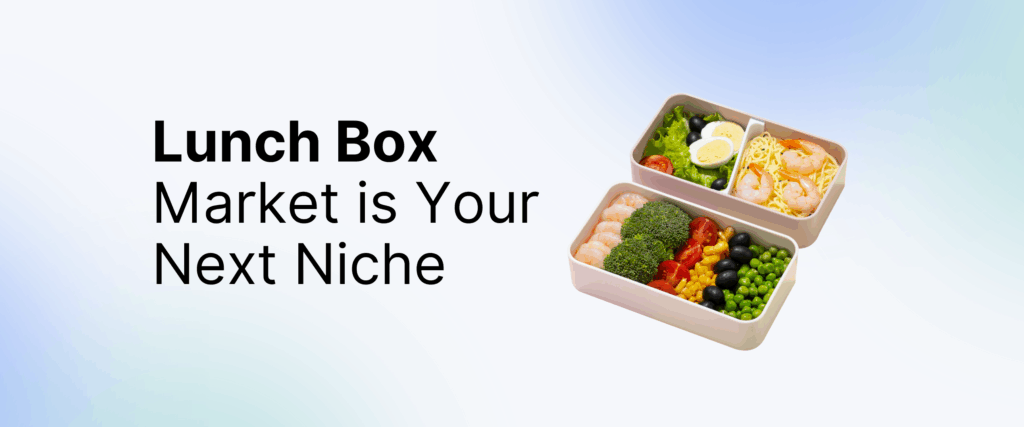Every ecommerce business owner and fulfillment center sets up their company with a goal of continued growth – whether in the product range, geographical reach, or rising profits.
There are at least a few ways to achieve this holy grail, and in this context, I want to talk about dropshipping, the order fulfillment process, and how to use their advantages on the way to a smooth-running online business. In case those terms aren’t obvious or you’re not sure how they can empower your business, today’s post will hopefully clear up any doubts!
Based on data presented in the European Ecommerce Report 2022, the total ecommerce value in Europe has risen to 718 billion euros in 2021, and we certainly have further increases ahead of us.
Many people are deciding to launch online enterprises not only as a primary professional activity but also to gain an extra source of income. Although running an e-store seems to be an easy job, it involves a whole lot of additional, often quite complicated tasks. hat is why the significance of solutions simplifying the online sale processes, such as dropshipping and fulfillment services, is gaining importance. These include dropshipping and fulfillment too.

Warehousing, Inventory & Order Management
I think that no matter which group you are in, the basic issue is product supply, storage, and complete order fulfillment service. From the very beginning you must decide in which model you are going to run your business – what are the benefits and disadvantages you should take into account.
At the same time, almost all of these actions are rather logistical processes, which need to be properly managed. And to do this well, you obviously have to know what you’re dealing with.
Run on your own
At the initial stage of business, this is the most common option among online retailers, and the reasons for this are pretty simple. Costs play a major part from a young company’s point of view, and by doing many things in-house, you can reduce them in real terms.
Relying on your own efforts, the use of existing free space (garage or an empty room, for example), and the easiest methods, you can fulfill incoming orders with success. At least until their number can be handled by one or two people.
Bigger challenges start to appear when your business growth speeds up, when the product range becomes wider and wider, when the garage no longer holds inventory, and when collecting and packing orders consumes too much time. A bit of a challenge may also occur with the supply of the goods, requiring a certain amount of money to cover the purchase. Decisions on which products to buy or how much stock to hold can vary depending on the funds at one’s disposal. You may wonder if there is a solution to this. Yes! Let me discuss it in a moment.
Brief summary
Here are some points worth noting.
Pros:
- great control over the whole process
- lower costs
- full decision-making, and the possibility of customizing selected parts to customers’ preferences
Cons:
- limited ability to handle a rapidly increasing number of orders
- less favorable shipping rates
- large time and own resources consumption

Dropshipping business
Online order processing in this model is quite a popular form of doing business. According to Market Reports World, the global dropshipping market is expected to reach US$ 621410 million by 2028, from US$ 162550 million in 2021. What is the reason for the popularity of this model?
First of all, its main asset is that the retailer doesn’t need to have the supply chain and physical inventory to sell at all. Production, warehousing, and order fulfillment are the responsibility of the manufacturer or supplier who owns the products. Hence, in this case, the seller can focus on other business-related tasks such as online store development, marketing strategy, or searching for a new target audience. Besides, the financial costs associated with the start-up are reduced greatly.
On the other hand, it can cause problems with completing orders containing products from different suppliers or producers. Lead times can become longer, and customers may take this with disappointment. Inventory management software also plays a crucial part here. Only if manufacturers’ and/or suppliers’ inventories are updated with proper frequency there will be no situation where a sold-out product is still available. Another kind of cons (and pros at the same time) can be the limited control over the quality of the order picking and packing process, shipping costs, and the return service. Sometimes you will learn about certain shortcomings directly from your customers, instead of your subcontractors.
However, the world hates emptiness. So, to effectively eliminate the mentioned problems and make the lives both of sellers and suppliers easier, new platforms are created, a kind of wholesaler, which simplifies the dropshipping model sale. Syncee is exactly such a solution.
Brief summary
As with the previous section, let’s gather the most important information.
Pros:
- small initial input
- possibility to focus mainly on business activities
- relatively small responsibility (most of the complex activities are outsourced)
Cons:
- low-profit margins
- less freedom and flexibility in the creation of business and its development (lack of control over the supply chains)
- high level of competition

Fulfillment Services
The popularity of this option among small and medium-sized ecommerce businesses has begun to intensify over recent years. Why? Primarily because large marketplaces, such as Amazon, start to invest in this solution and made it one of their flagship services.
Merchants selling through the American giant’s platform were able to find out about its benefits thus giving more publicity to the topic, and third-party fulfillment became the desired service. Of course, it was known early on. Before it emerged as an Amazon service, it was available from large logistics providers, but after meeting several conditions – like the required volume of orders or the payment of costly and complex technology integration. Naturally, at that time only the major players could use it. Now it’s a more common feature.
Like other solutions, this one as well has its strengths and weaknesses. Certainly, it greatly simplifies the issues of order processing, taking over the execution of all logistics activities. Unlike dropshipping businesses, the goods belong to the person who runs the online store. The shop owner is the one responsible for sourcing and re-stocking the fulfillment centers, which provide the service.
Again, the basis for the proper functioning of these services will be a system that combines the management of orders from several sales channels, an inventory management solution, as well as tracking of the progress of orders and returns, which is often difficult to achieve.
Besides, trust in the business partner will be another key value here, no matter which method we are talking about. The quality of the realized operations will impact customer satisfaction and you must keep this in mind.
Brief summary
Let’s collect the key points!
Pros:
- no concern with logistics processes
- greater ability to adapt to current market situation and sales volume
- the possibility to bundle in one place sales by various sales channels
Cons:
- the need for supply chain management
- limited control
- higher entry threshold
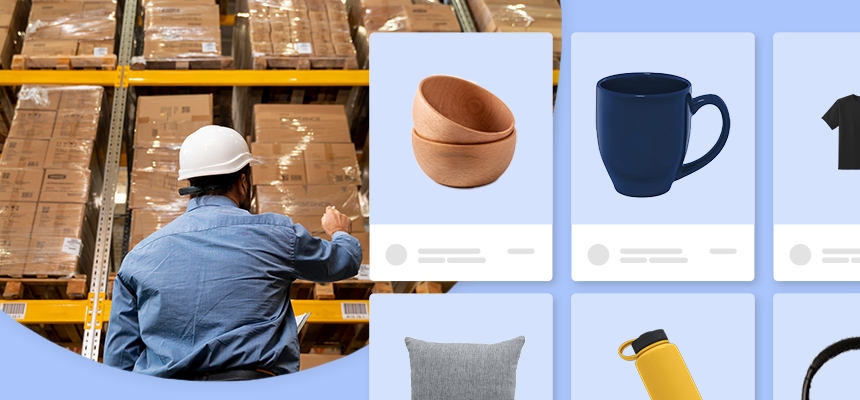
Cross-border Online Business: Joined Forces Result in the Ultimate Success
I’m pretty sure that among readers there are those who are just starting their ecommerce journey and those who already have a lot of experience with it. My wish is that both groups would take from this article as much useful information as possible. I hope that for some this part will be an inspiration and a clue to how much is still ahead of them, and for others, it will be practical advice on further business improvement.
Undoubtedly, from the information I have shared, comes a picture of solutions that can bring many benefits, but won’t be the answer to everything. Perfect fixes simply do not exist. Or they are very expensive. What if the listed solutions could be combined?
For domestic sales, it is difficult to imagine using both approaches at the same time. It wouldn’t make a lot of sense. But in the case of international sales, their joint operation has a lot in common.
Note that business development by entering new markets is one of the best methods for further growth. Ecommerce is extremely fast-growing while the home markets are getting saturated at an accelerating rate. If your appetite for more is still unsatisfied, the right next step is to start international expansion.

How to Start Selling Cross-Border?
I’d like to think that this is where things become simple, but as usual, many things depend. International sales require proper planning on many levels, and it’s best to start there.
The right market
First, it’s good to find out what market is promising for the products you offer. You’ll need in-depth market research: where there is a shortage and where is a lot of competition, what the customers’ expectations are throughout the buying process – from where they buy, to payment methods, to cost and delivery time. Use government sources, published statistics, and available scientific reports.
Law on your side
Second, get familiar with the legal situation in the country you are interested in. Check what taxes and duties apply, and make sure there are no bans or restrictions on the products you potentially want to sell. Don’t hesitate to seek legal advice from a specialized law office, it can save you from many costly mistakes.
Best of the best
Third, once you have gained a basic knowledge of the market you are interested in, it is time to choose a specific set of products to start selling. Don’t try to launch a sale of all items at once. Choose those that are shoppers’ favorites, and that have achieved great results so far. With a basic line of products you will be able to test sales in the following weeks, and then expand it with related items in the next step.
Ecommerce store or marketplace
Fourth, it’s time to choose the type of your online presence. Do you prefer to sell through your own store? Or use ecommerce platforms? Whichever you decide, you should be prepared to launch your offer in the language of the country you are entering. This will definitely improve customer satisfaction during shopping.
This is an important decision because it will also affect what logistical solutions you can use.
Think About The Logistics Processes
Fifth, we have reached the point where you should think about order fulfillment abroad. This is also the moment when I will try to explain how a combination of dropshipping and fulfillment can work in the favor of international business.
Why am I skipping in-house operations? Because in this case, they are simply unprofitable. The amount of additional work and shipping costs make the offered products too expensive to foreign customers. So let’s focus on what they really need.
To gain the interest of customers in the local market, your business must be competitive with what is already there, mainly:
- Shipping costs – this is one of the main factors that customers pay attention to. If the price is too high, instead of encouraging them to buy, it will only deter them.
- Delivery time – this looks similar to the issue of cost. When delivery takes too long, customers prefer to choose another offer, used to the fact that orders arrive in a short period of time. If they expect same-day delivery from domestic vendors, the same will apply to others.
- Delivery methods – that too is going to be highly relevant. If shoppers in the selected country are more likely to use courier delivery rather than parcel machines or pick-up points, it’s worth having the right offer for them.
How to achieve the right values in the mentioned points? Order fulfillment from the local warehouse would play a major role here.
This way you can combine the best features of dropshipping and fulfillment services – selling the goods offered by manufacturers or dropshipping suppliers while enjoying greater reach of your business and sensible conditions of competition with other local sellers. The synergy effect is perfectly visible here: dropshipping allows you to reduce costs related to stocking, while fulfillment makes higher revenues reachable.
It’s possible through the cooperation of two business players specializing in their fields, or through dropshipping companies that are additionally starting to build up their fulfillment chain, enabling their services to cover larger geographic areas.
Thanks to the diversification of goods offered by manufacturers and suppliers to other countries with sales potential, the opportunities for cross-border expansion of ecommerce businesses increase greatly, in a more structured way.
Of course, this is not the only possible solution. It is also worthwhile advice to use a fulfillment network as a method of completing foreign orders.

Summary
It doesn’t matter whether you’re a traditional retailer considering selling online, you’re a person looking for an additional source of income, or maybe you’ve been running your online business for a long time and want to develop it further – it’s worth keeping your knowledge of ecommerce up-to-date and checking out what new things it has to offer.
Such a novelty is the evolving combination of dropshipping and fulfillment services, which is something worth looking into (if you’re not ready to use it yet) 😉
Please remember that the way you fulfill orders has an impact on the customer experience, and thus on your earnings and your ecommerce brand image. I hope that today’s post inspires you to explore more, sheds new light on the already known topics, and consequently allows you to run an even more successful business.
Author’s Bio:
Patryk Szubiczuk, Chief Logistics Officer at Linker Cloud. Expert with 14 years of experience in the logistics sector, understanding all stages and challenges of fulfillment. Well-versed in the ecommerce world, creator of operational solutions.
Syncee Collective Dropshipping Explained
Syncee empowers retailers and dropshipping suppliers to build partnerships that foster growth and create small business success stories. Whether you’re sourcing high-quality products from local brands in the US, Canada, Europe, or worldwide—or taking your own products global—Syncee provides the tools to make it possibleeven in fulfillment processes.
Sell as a Dropshipping Retailer, Supplier, or Both
With Syncee’s versatile platform, users can choose to operate as a retailer, supplier, or both. This flexibility makes it easier for businesses to streamline operations and contribute to an ecosystem of growing small business success stories.
Through Syncee, retailers can upload products from selected dropshipping suppliers and keep their listings updated daily through automated processes. The platform also automates order synchronization, ensuring efficient operations that help businesses thrive as small business success stories.

Fully Integrated with Shopify
Simplify Shopify dropshipping and wholesale without leaving your store admin. Control everything in one place with our built-in app, and manage all your tasks conveniently.
Access the app via Shopify admin or Syncee.com. Both views offer the same features, but Syncee.com provides an extended version.
Earn commission by inviting partners
Help other businesses and fulfillment centers create their own small business success story by referring them to Syncee. Earn commissions while simplifying workflows and building strong partnerships in the process.
Check Syncee Collective Dropshipping & Wholesale today to find the tools and products that will make your own small business success story come to life!
Kinks & Quirks LLC is a shining example of how businesses can evolve and flourish in the eCommerce landscape with the right tools and partnerships. Syncee’s solutions have been instrumental in transforming their operations, enabling them to expand their market reach and maintain their status as a small business success story.
Whether you’re a retailer looking to scale or a supplier aiming to grow, Syncee offers the resources needed to join the ranks of thriving small business success stories in the SaaS eCommerce dropshipping universe.
Check Syncee Collective Dropshipping & Wholesale today to find the tool
Check out Syncee and learn more about fulfillment & ecommerce!



